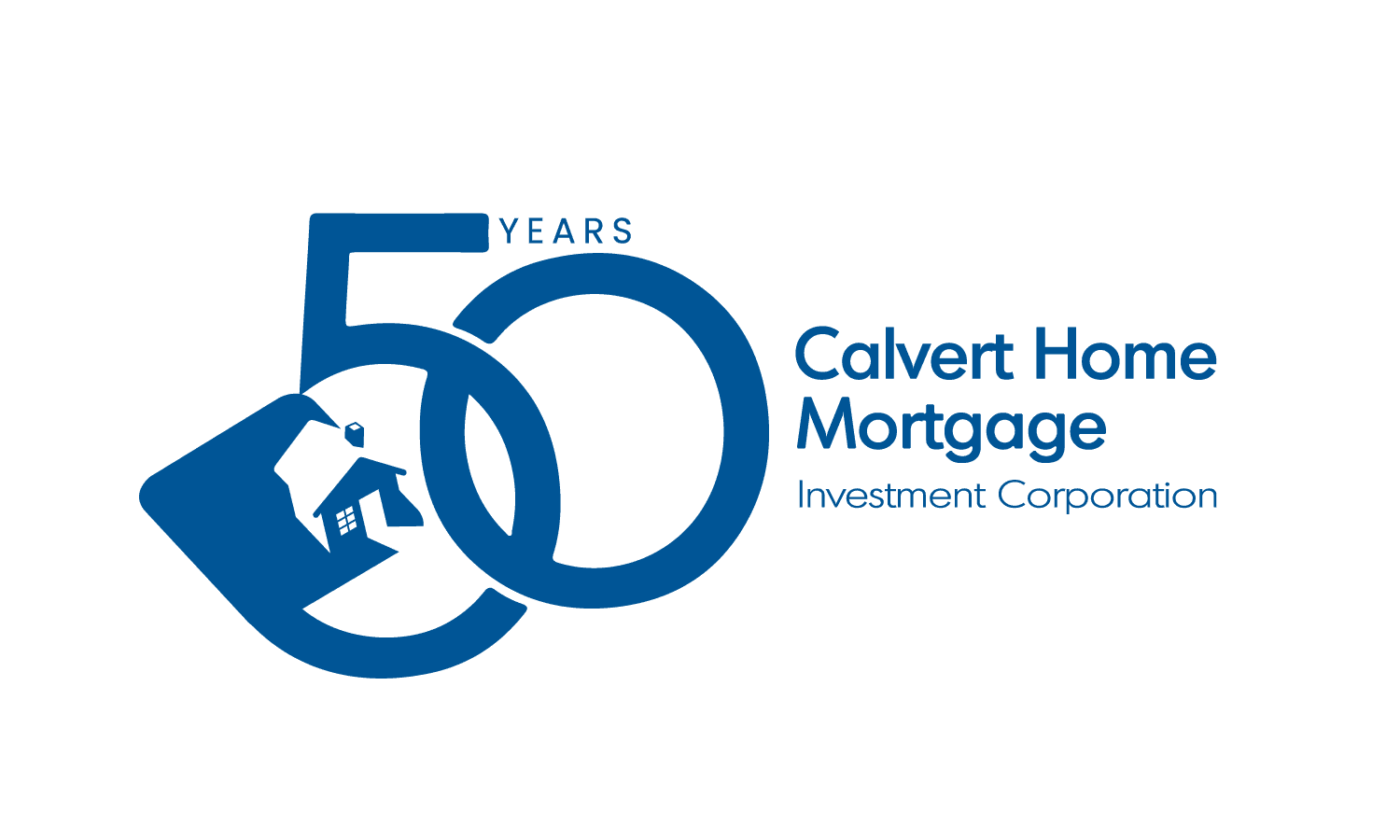Getting started in real estate investing is exciting—but it also comes with a learning curve. Whether you’re flipping properties or building a BRRR (Buy, Renovate, Rent, Refinance) portfolio, the early stages of your investment journey can be full of costly missteps. Understanding the mistakes new real estate investors make is key to long-term success. As an alternative mortgage lender that specializes in short-term real estate investment financing, we’ve seen these mistakes firsthand, and we’re here to help you avoid them.
Here are some of the most common mistakes new real estate investors make and how to avoid them.
Underestimating the Need for Speed in Competitive Markets
In fast-moving markets, timing is everything. New investors are often surprised by how quickly properties—especially distressed homes and off-market opportunities—get snapped up. Delays in financing can mean missing out altogether.
How to Avoid It:
Work with a lender who understands the urgency real estate investors face. At Calvert Home Mortgage, we specialize in supporting REIs, with a streamlined approval process and Commitment Letters typically delivered within one business day. Pre-approvals and strong lender relationships can help you act fast when the right property hits the market.
Underestimating Total Costs and Holding Expenses
Focusing only on the purchase price is one of the biggest budgeting mistakes new REIs make. It’s easy to overlook the full range of costs, like closing fees, property taxes, utilities, insurance, renovation overruns, and carrying costs during a project.
How to Avoid It:
Take a comprehensive approach to budgeting. At Calvert Home Mortgage, we provide tools and support to help you plan with confidence.
- Our Renovation Budget Checklist supports you in identifying the most common and commonly forgotten expenses.
- If you’re pre-approved, we offer free in-house property valuations so you can make informed decisions before you buy.
- Our Flip Analyzer Tool lets you estimate profit margins based on key project details and evaluate potential costs and returns with ease
Knowing your numbers up front helps you act with confidence and stay on track with your investment goals.
Failing to Plan Renovation Time and Costs Realistically
Renovations rarely go exactly as planned—especially when working with older properties or distressed real estate. Timelines can slip, trades may be delayed, and costs can spiral when surprises come up behind the walls.
How to Avoid It:
Build in both time and cost buffers for every project. Know your contractor, have a scope of work, and pad your budget. Our mortgage solutions are designed to support renovation timelines and allow flexibility when plans need to shift—because we’ve been through with real estate investors just like you, thousands of times.
Overleveraging and Underestimating Risk
Leverage is a powerful tool in real estate investing, but taking on too much debt without a financial buffer can quickly lead to stress. Many new REIs overestimate resale value or rental income and don’t plan for unexpected repairs or market changes.
How to Avoid It:
Be conservative with your numbers and always include a buffer. We work closely with our clients to find the right mortgage product that aligns with their cash flow, risk tolerance, and long-term goals. We want to see your deal succeed—and that means setting you up with realistic, sustainable financing.
Trying to Go It Alone Without a Network
Real estate investing is a team sport. New REIs often underestimate the value of a strong network—including contractors, Realtors®, fellow REIs, and of course, their lender.
How to Avoid It:
Surround yourself with people who know the business. Join local investor meetups, ask questions, and learn from others’ wins—and mistakes. Building relationships will help you uncover deals, solve problems, and grow faster.
Assuming Traditional Lenders Are the Only Option
Many new REIs assume they need to work with a big bank. But traditional lenders often aren’t structured to support real estate investors, especially those doing flips, BRRRs, or investing full-time. Their timelines, requirements, and risk models can be limiting.
How to Avoid It:
Explore what alternative lenders like Calvert Home Mortgage offer. We focus exclusively on real estate investors, so our mortgage solutions are built around speed, flexibility, and common-sense underwriting.
The Bottom Line
Starting your real estate investment journey doesn’t have to be overwhelming. By learning from common mistakes and surrounding yourself with the right team, you can set yourself up for long-term success.
At Calvert Home Mortgage, we exist to support real estate investors. Whether you’re funding your first flip or scaling a rental portfolio, our goal is to provide fast, flexible financing and a real partnership along the way.
Ready to fund your next deal?
You can easily submit an application through your mortgage broker or here.
Or, if you’d like to learn more about how we can support you and your business, reach out to our Business Development team.
For Alberta inquiries, contact Kaelan Nelson.
Email: kaelan@chmic.ca
Cell: 587-585-4571
Office Phone: 403-278-0249
Book a meeting here.
For Ontario inquiries, contact Katarina Jarossy and Dan Werner.
Based in the GTA?
Email: katarina.jarossy@chmic.ca
Cell: 416-799-2553
Office Phone:1-888-752-4642
Book a meeting here.
Anywhere else in Ontario:
Email: dan.werner@chmic.ca
Cell: 416-316-5336
Office Phone: 1-888-752-4642
Book a meeting here.




